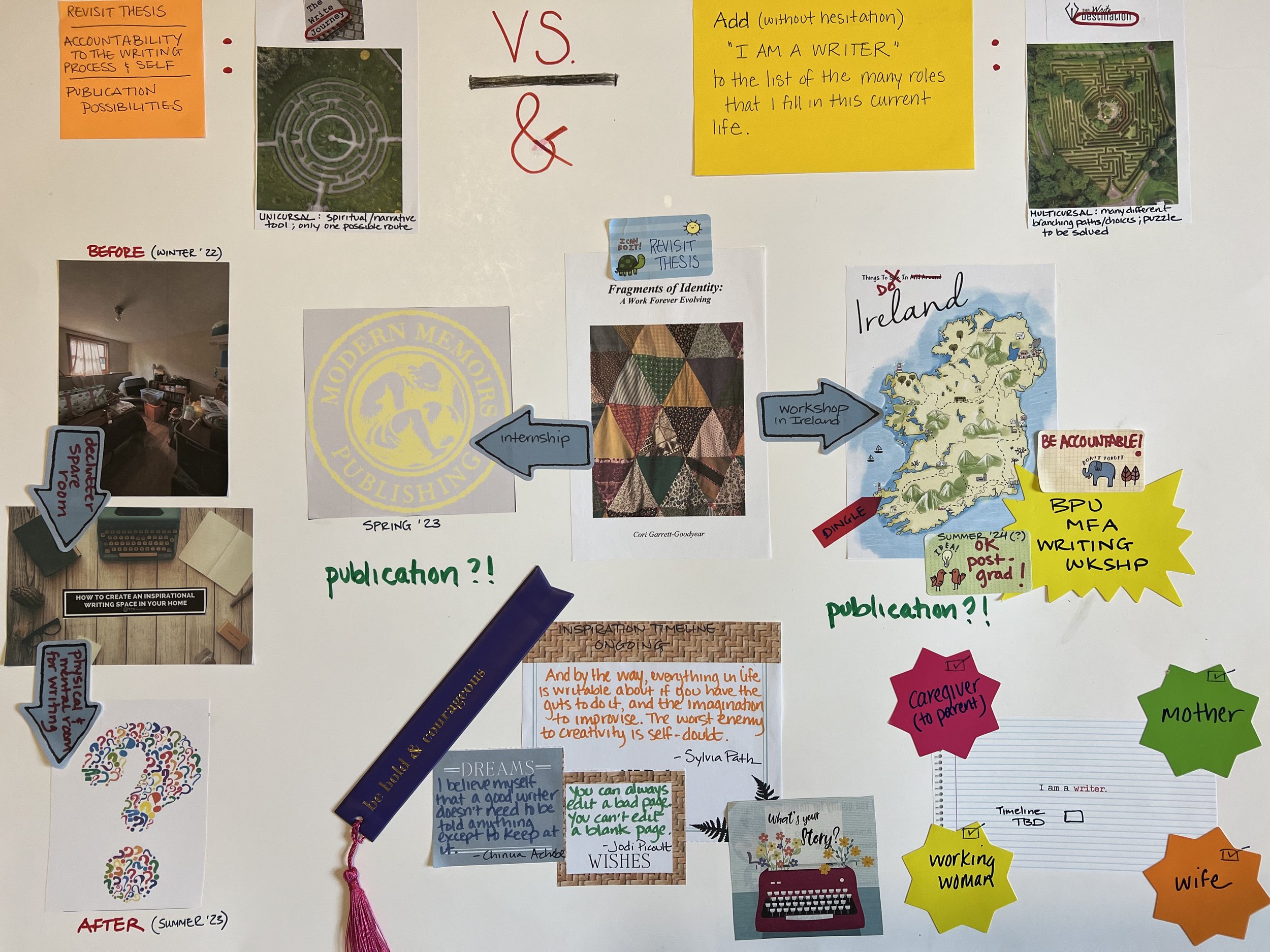I’ve recently completed researching and writing a 460-page commissioned genealogy for a client. It was a massive undertaking, involving fascinating characters and contexts, and it’s almost hard to believe I finished it! The manuscript is now out of my hands and moving on to publication, but I haven’t quite let go of it in my mind. After devoting the bulk of my professional energies to this book for the past year, I find myself reflecting on the basic genealogy standards that allowed me to complete this big project and that will be essential to all future ones that come my way.
Genealogy Standards, published by the Board for Certification of Genealogists, was a central text assigned during my studies for a Certificate in Genealogical Research at Boston University. The first sentence in the first chapter reads:
“All genealogists strive to reconstruct family histories or achieve genealogical goals that reflect historical reality as closely as possible.”
It seems unnecessary to state. After consideration, however, this statement strikes me as the single most important guiding principle of genealogists’ work. After all, we seek to discover the truth, or “reality,” of an ancestor’s life and the context in which they lived. We may start with a family’s memories and traditional stories, but then we must find evidence to verify the facts that underlie them.
That’s why the second sentence in Genealogy Standards says:
“They [genealogists] meet this goal by applying the Genealogical Proof Standard (GPS) to measure the credibility of conclusions about ancestral identities, relationships, and life events.”
The board’s standard requires exhaustive research, source citations, analysis and correlation, resolution of conflicting evidence, and soundly written conclusions. The process involves a lot of hard work, but genealogists shoulder it because the last thing we want to do is perpetuate falsehoods.
This arduous pursuit is also incredibly interesting and rewarding. Many of you know exactly what I mean because the genealogy bug has bitten you, too. Perhaps no one describes the type of person who answers the call to research one’s ancestry better than Ethel W. Williams in her book Know Your Ancestors: A Guide to Genealogical Research. She acknowledges our “duty to search out and record the truth,” and then she lists common attributes of a genealogist:
“He [or she] becomes, first of all, a full-time detective, a thorough historian, an inveterate snoop, and at the same time, a confirmed diplomat, a keen observer, a hardened skeptic, an apt biographer, a qualified linguist, a part-time lawyer combined with quite a lot of district attorney, a studious sociologist, and above all, an accurate reporter.”
We draw on our skills to solve mysteries, place our family’s story in historical context, uncover secrets, find missing records, scrutinize sources and information, confirm or debunk mythologies, and communicate the results of our research clearly and factually.
When I focus on the last part of Williams’ description, “accurate reporter,” I think about my undergraduate years in journalism school, when I learned three truisms that serve me well as a professional genealogist today.
“Even bad notes are better than a good memory.”
First, “Journalists [genealogists] are not expected to know everything, they are expected to know where to find it.” To me, there are two parts to this maxim—locating information and organizing it. None of us goes into a research project as an expert on all of the challenges and questions it will pose—that’s why we must research. We hone our skills and broaden our knowledge with every person we meet on the family tree. But at the outset, a good genealogist formulates a solid research plan by framing precise research questions and hunting down sources to answer them. Then, as we gather information, we organize it for easy retrievability. Research plans and recordkeeping systems keep us working as efficiently as possible.
Second, “Even bad notes are better than a good memory.” How many times have you looked back over notes and seen something that you didn’t even remember writing—and thanked your lucky stars that you did? How many times have you kicked yourself for not listing who said something, where they said it, or when? How many times have you downloaded a record and then not recalled where you found it? A good genealogist keeps a written (or electronic) record of details like these because we cannot store all of them in our heads.
Third, and most important, “If your mother says she loves you, check it out.” Wanting something to be true doesn’t make it so. Great stories are only stories until we verify them. Easy answers found on cemetery websites and online family trees need to be documented and confirmed before we accept them. A good genealogist is methodical, working from the known to the unknown and applying the Genealogical Proof Standard every step of the way.
In our quest for “reality” or the truth, the discovery of additional sources and the revision of interpretations may affect previous conclusions, but then we adjust. Bit by bit, research then gives way to evidence-based writing, and possibly, to the sharing of our knowledge with others on a website, in a presentation, or maybe even in a 460-page book. By keeping fundamental genealogical standards in mind, we know that we journey on solid ground toward such goals.

















